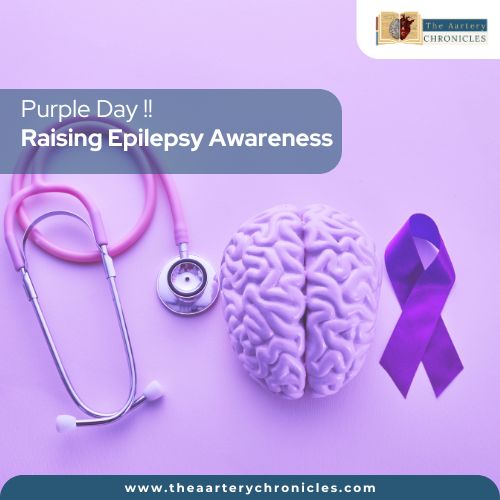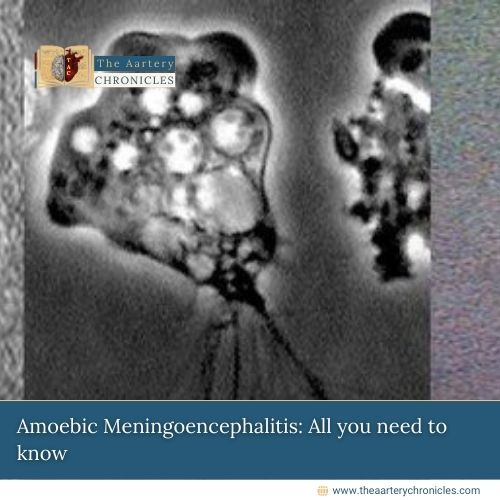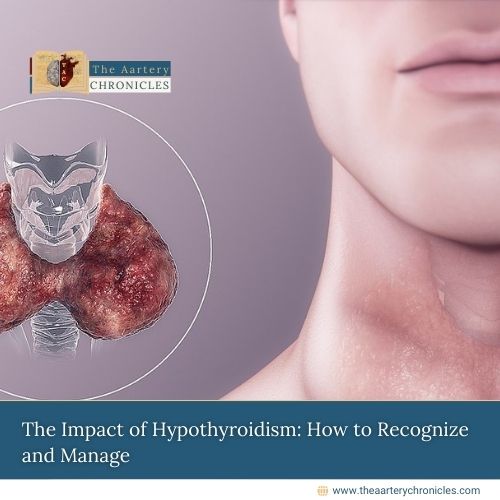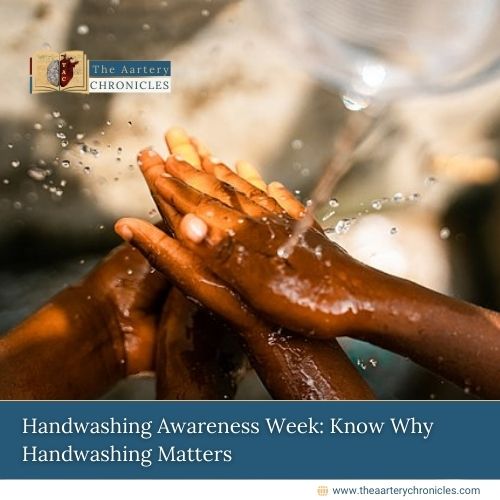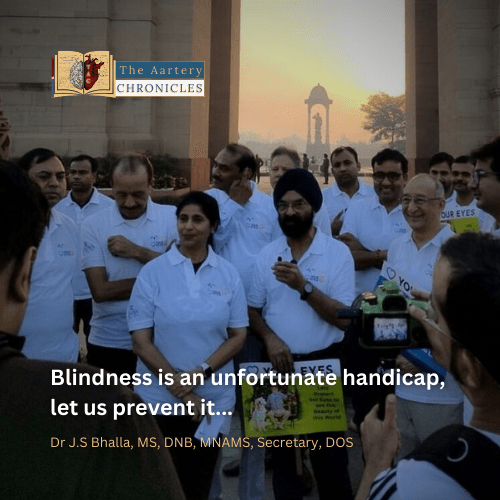
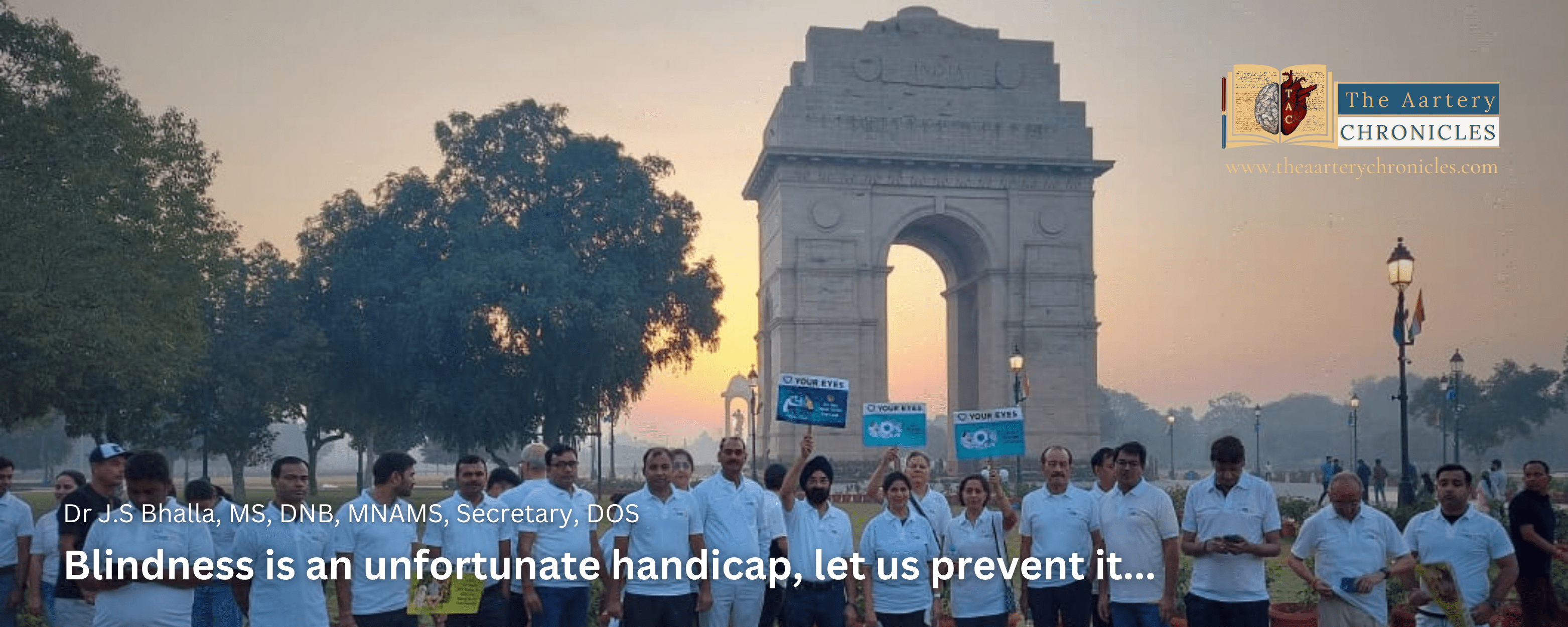
Eye Safety in the Workplace: Protect Your Vision - It's Precious!
The eyes, our invaluable organs that enable us to perceive the world, demand consistent care. World Sight Day is a global initiative focused on promoting eye health and is observed on the second Thursday of October each year. This international day aims to raise awareness about blindness and visual impairment worldwide. The theme for this year, “Love Your Eyes at Work,” underscores the importance of protecting eyesight in the workplace. It encourages business leaders to prioritize the eye health of their employees.
India has the largest number of blind people in the world, with over 15 million individuals suffering from blindness. This means that approximately one out of every three people in India is blind.
Causes of Blindness in India
In India, major causes of blindness include cataracts, corneal opacity, posterior segment disorders, and glaucoma. Eye injuries can also lead to visual impairment and blindness.
Occupational Hazards and Work-Related Eye Injuries
Studies in India have shown that approximately 3.75% of workers have suffered ocular injuries resulting in visual impairment or blindness. These injuries often occur due to the lack of proper eye protection or the use of incorrect protective gear for specific tasks. Common workplace hazards that pose risks to eye health include projectiles like dust, concrete, metal, wood, chemicals, radiation, and exposure to bloodborne pathogens from blood and body fluids. Farmers are also at risk of vegetative trauma, which is a common cause of visual impairment.
This calls for workplace protection when these hazards are present.
Digital Eye Strain and Post-COVID Visual Problems
The rise of computer vision syndrome or digital eye strain has become a significant contributor to visual problems and eye discomfort, especially after the COVID-19 pandemic. This syndrome is defined as a group of eye and vision-related issues resulting from prolonged computer, tablet, e-reader, and cell phone use.
To alleviate digital eye strain, it’s recommended to follow the 20-20-20 rule: Take a 20-second break to focus on something 20 feet away every 20 minutes. This practice can help reduce the strain caused by extended screen time.
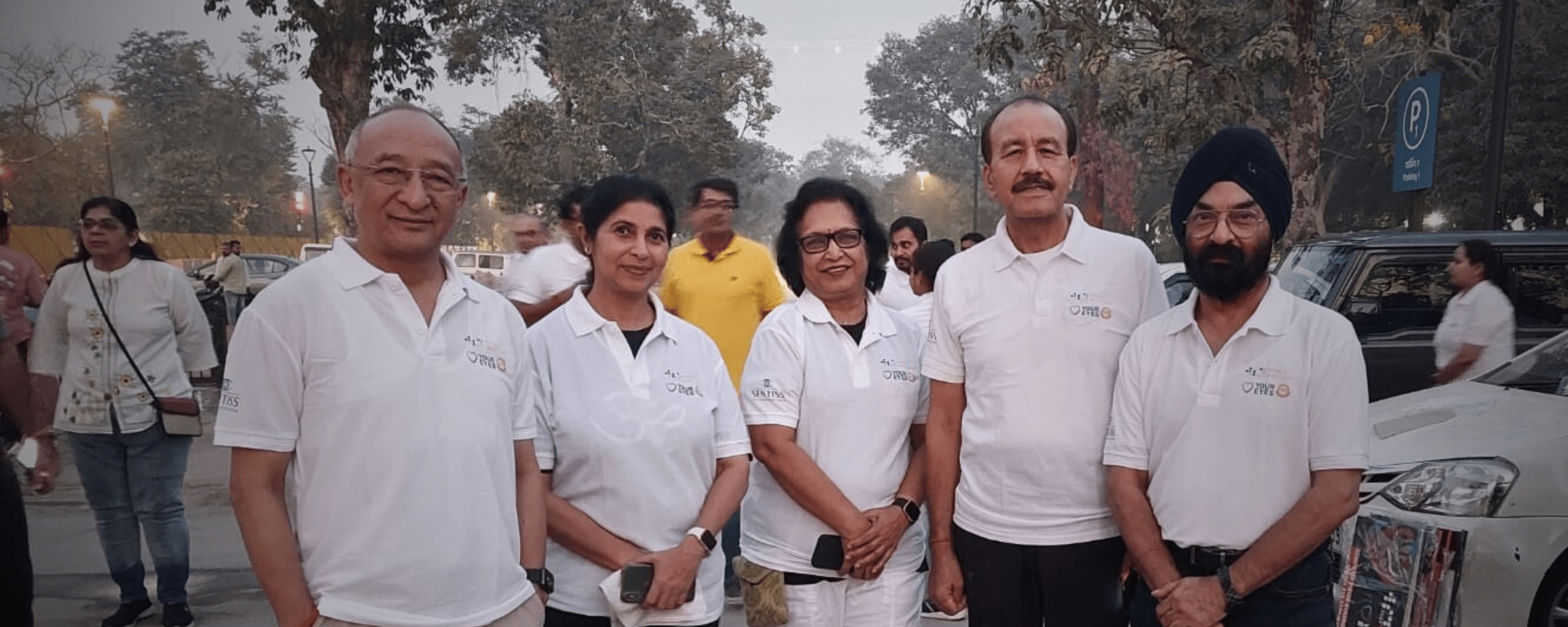
Protecting Your Eyes from Injuries in the Workplace
Identifying and Understanding Potential Hazards
Ways to protect your eyes from injuries include identifying potential hazards at work. This involves recognising the various risks that could lead to eye injuries. Understanding these dangers is the first step in safeguarding your vision. Be aware of suspended or projecting objects that could pose threats and use caution flags to mark these potential dangers.
Selecting the Appropriate Eye Protection:
To effectively protect your eyes, using appropriate eye protection equipment is essential. This includes safety glasses, goggles, Face Shields and helmets. Different work environments require different types of protection. For example, specialised tools such as helmets and goggles with specific filters are essential to handle exposure to optical radiation during welding or laser work. Regular maintenance of glasses is equally important to ensure their continued effectiveness.
Promoting Eye Safety in the Workplace
Where potential hazards exist in the workplace, it is imperative to promote eye safety for all employees. Employers should provide suitable eye protection tailored to the specific risks of the workplace. Ensure that all employees who may face these potential hazards wear the appropriate eye protection consistently. Eye safety should be an integral part of workplace educational programs and receive ongoing attention to keep everyone well-informed.
Emergency Procedures for Handling Eye Injuries
While prevention is paramount, it’s essential to establish and reinforce procedures for handling eye injuries. In the unfortunate event of an eye injury, knowing what steps to take can make a significant difference. Educate employees on how to respond to eye injuries, and have a clear plan to ensure immediate and appropriate action is taken.

Dos and Don’ts in Eye Emergencies
Visit an ophthalmologist as soon as possible following an injury, especially when experiencing blurriness of vision, eye pain, or loss of vision
Chemical Injury
- Immediately flush the eye with water for at least 15 minutes.
- Do not attempt to neutralize the chemical with other substances, and avoid bandaging the eye.
- Visit an ophthalmologist after flushing.
Particle In Eye
- Do not rub the eye.
- Irrigate with artificial tear solution.
- Try gently lifting the upper eyelid outward and down over the lower eyelid to remove the particle.
- If the particle does not wash out, keep the eye closed, lightly bandage it, and seek medical care.
Blows To The Eye
- Apply gentle cold compresses.
- In the case of severe pain and reduced vision, seek medical care.
Cuts & Puncture To The Eye/Eyelids
- Do not wash the eye
- Avoid trying to remove an object stuck in the eye.
- Cover the eye with a rigid shield and seek immediate medical care.
Conclusion
Ocular trauma is an important cause of visual impairment. Preventive measures should be intensified to lower the occurrence of these mostly avoidable incidents. Due care should be given by authorities to provide adequate protection to avoid eye injuries. Take care of your Eyes so that Eyes can take care of you.
“Blindness is an unfortunate handicap. Let us prevent it”.

Dr Jatinder Singh Bhalla
MS, DNB, MNAMS
Secretary, DOS (Delhi Ophthalmological Society)
Member Scientific Committee AIOS
- Medicine and Diseases
- Nutrition and Diet
- Biotechnology










